The Wall Street Journal has published eerily stunning drone footage of Chernobyl which allows us a unique view of the decaying abandoned Ukrainian city of Pripyat and the Chernobyl nuclear facility, some three decades after the area saw its doomsday.
The Chernobyl disaster took place on April 26, 1986. According to investigations into the incident, the nuclear reactor meltdown can be attributed to both a flaw in the affected reactor’s design and insufficiently trained personnel.
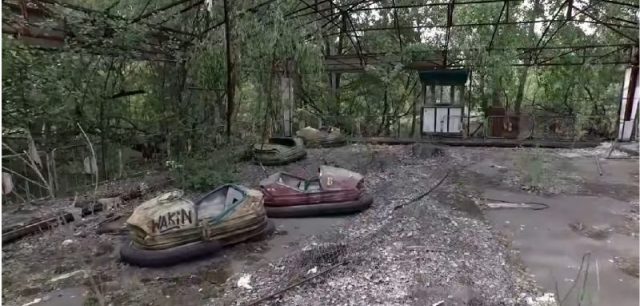
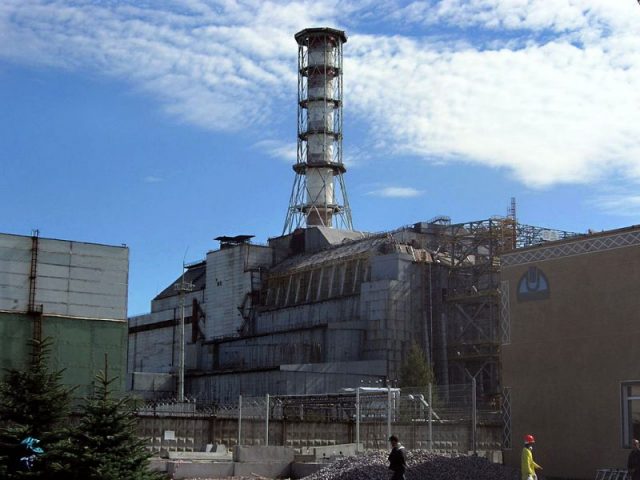
It happened during a test to see how the reactor would function if the power grid went down. To simulate this scenario, safety systems — including the cooling turbine system — were deactivated. Allegedly, the test “was hurried and poorly planned,” and plant operators made a number of errors. With catastrophic results.
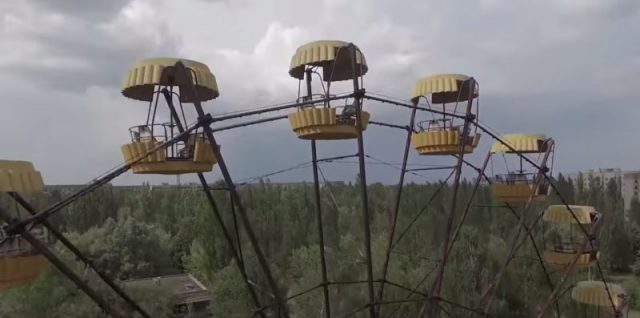
When the water meant to cool the reactor started to boil, they tried to reinsert the graphite rods which would slow the nuclear reaction. But, owing to a design flaw, the rods jammed. Two explosions and subsequent fire sent “many tons of radioactive material into the atmosphere,” according to The Week. It was the worst radioactive accident the world has ever seen.
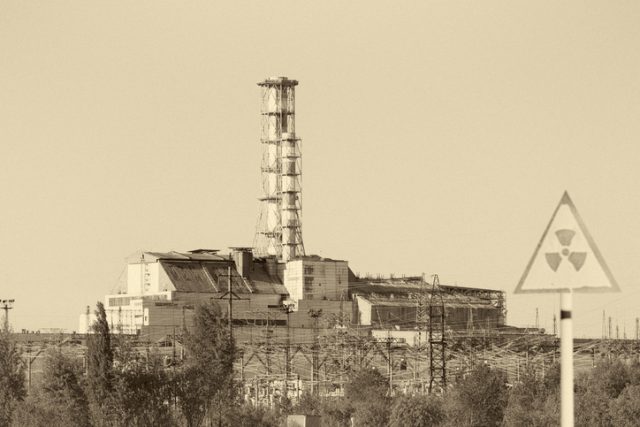
The New York Times reports that between 31 and 56 deaths are estimated to be directly caused by the accident. However, the number who later died or are still suffering today from radiation-induced cancers are thought to number in the tens of thousands. Nonetheless some extremely desperate people have returned to live again in Chernobyl’s radioactive zone. Take a closer look at this situation here:
https://youtu.be/tbNeYNLrWwA
New Scientist that two Chernobyl plant workers were killed immediately by the blast, and a further 29 people died in hospital within a few days due to severe radiation poisoning. Their bodies were buried in concrete coffins.
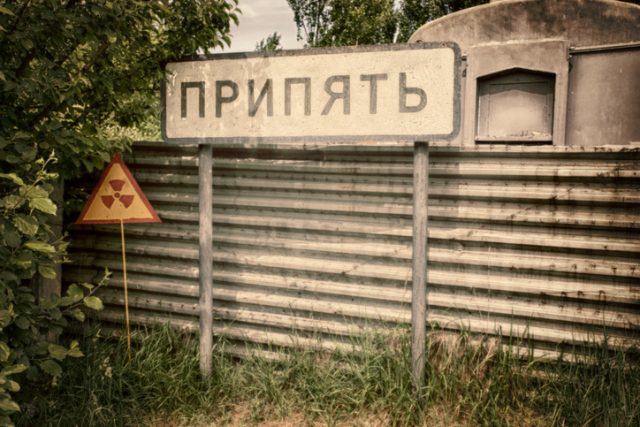
These figures are widely agreed on, however the secrecy upheld by the Soviet Union surrounding the accident makes it difficult to determine the number of people killed overall as a result of the Chernobyl disaster. Chernobyl tour operator Chernobylwel.com informs us that “Officially, the Chernobyl disaster affected the lives of about 600,000 people.”
More than 110,000 people were evacuated from the surrounding area immediately after the explosion, including all of Pripyat’s 43,000 residents — mostly families of people with jobs at the nuclear facility. Access to the exclusion zone is strictly limited and controlled by the Ukrainian government.
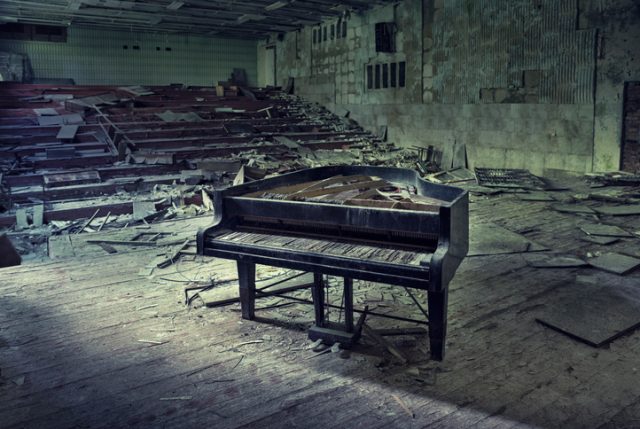
Pripyat was founded in February 1970 as an atomograd, the satellite city of an atomic power plant. It was home first the construction workers, then the plant operators and their families.
Within its boundaries, the now abandoned city contained all the amenities of a thriving community — dozens of stores, schools, a hospital, parks and recreation areas. A theme park was due to be opened less than one month after the accident, but all plans failed after the eve of April 26th that year.
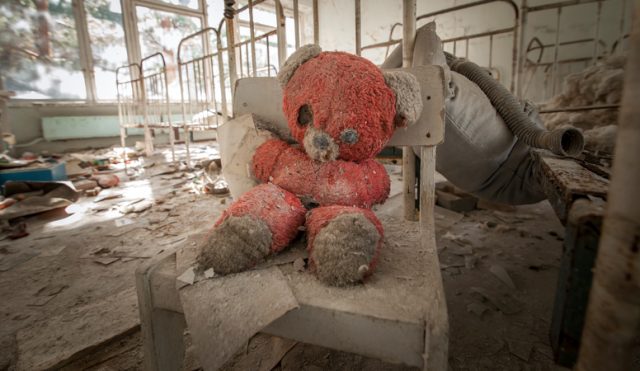
The drone video showcases the absence of humans as well as various ventures in Pripyat that have been left to decay. It begins with the footage of a rusted Soviet Union symbol that depicts the hammer and sickle.
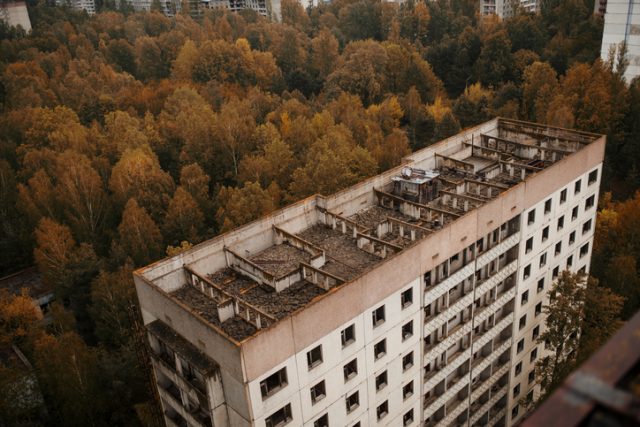
The sign looks lonely, perched atop one of the city’s tenant-free buildings. The sight of it will later reappear in the footage, but in the opening scene it is accompanied by the voice of a woman, who gives the notice of the accident in Russian or Ukranian:
“Dear Comrades, The City’s Counsel of People’s Deputies, Informs that due to an accident at the Chernobyl Nuclear Power Plant in the City of Pripyat, an adverse radiation condition has evolved.”
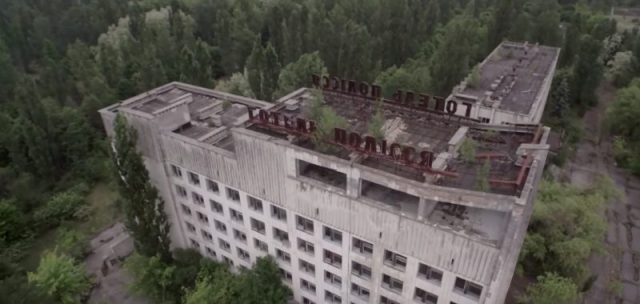
The Chernobyl footage moves on to display the eerie horror created out of the abandoned theme park features. A Ferris Wheel, that over the years has turned into an iconic sight of Pripyat, is now badly rusted. Its cabins once freshly painted yellow are powdered with dirt. It is said the area below the wheel contains the most significant radiation levels within this park’s boundaries.
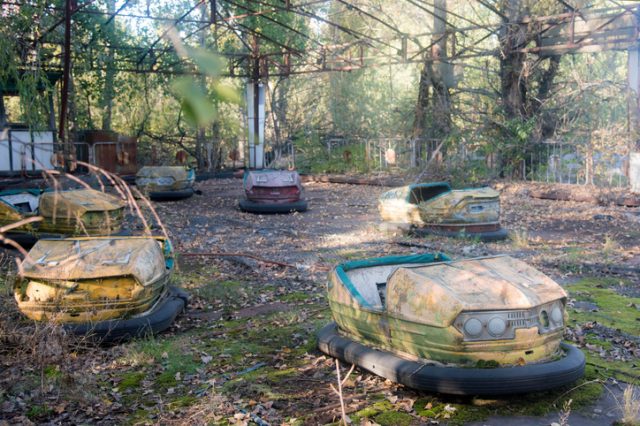
The park was freshly finished at the time of the accident and the opening was scheduled to happen for the May Day festivities that year. On the day after the disaster, reportedly people were let into the park to entertain them as they were waiting to flee the disaster-struck city.
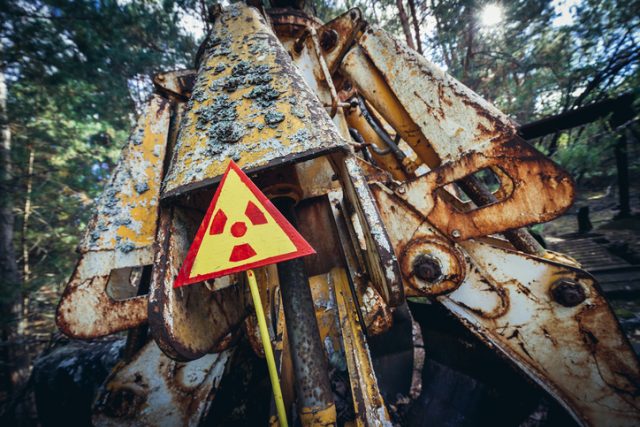
More scenes from the abandoned theme park show the bumper cars arena, overgrown and desolate. As the footage ascends away from the bumper cars we see more white abandoned buildings and many trees in between them — a sign that nature is quickly reclaiming what belongs to her. The growth of green can be noticed even on top of some of the buildings.
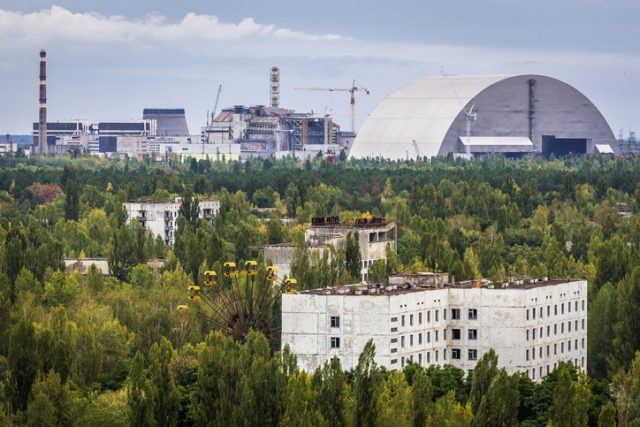
We see a close-up of the sign — it reads Polissya Hotel. When the hotel was erected during the 1970s, it was one of the tallest structures in Pripyat. Guests and delegations coming to see the Chernobyl Power Plant were accommodated there, but now it is just another site crumbling with the passage of time.
In a scene that follows, we get a glimpse of a deserted classroom in one of the schools built in Pripyat. The scene looks like a mess. The blackboard is still fixed on the wall, and you can even notice the writing in chalk on it, but everything else is left in ruins as if battered by a bomb. Not surprising once we realize from the footage that the building is left open to the elements. A section of the building has collapsed to rubble.
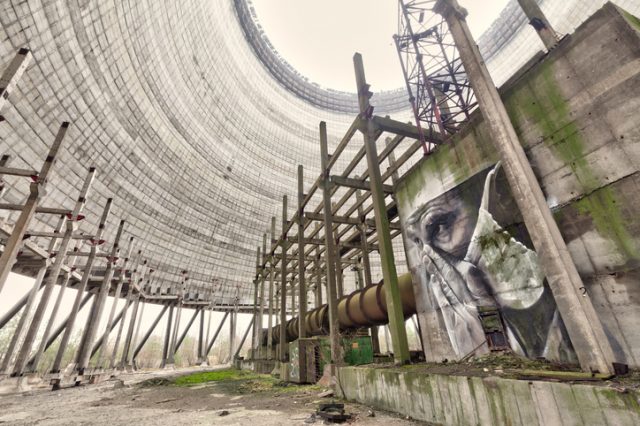
Other footage shows Pripyat from an ariel perspective, as well as the wild area around it. Back then, the area was deemed a convenient enough place to set a nuclear plant due to its remoteness and scarcity of human settlements.
Three decades after the accident, the exclusion zone, which is also close to the border with Belarus, appears entirely human-free. It’s merely woodlands and the deserted buildings, now home to abundant and thriving wildlife.
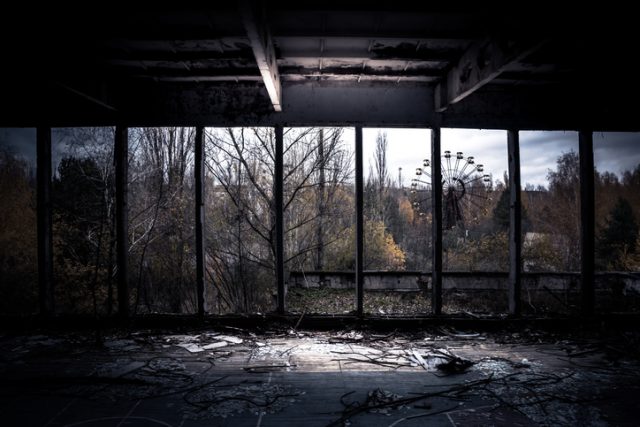
While radiation levels proved fatal for people, animals such as wild boar, lynx, and deer appeared resilient following the 1986 hazard. Their populations surged, and with no trace of any abnormalities. It seemed the nuclear disaster was something more favorable to them than the presence of humans. Abnormalities were still observed among some plant species, however.
Incredible Chernobyl drone footage below:
And the last footage sets the focus on the Chernobyl facilities.
There is the artificial lake, nestled by the river Pripyat (a tributary to one of Europe’s biggest rivers, the Dniper) which was the source of water for cooling the nuclear reactors. The Chernobyl drone flies above one of the plants to get the footage. The picture looks grey and resembles a grim reminder of the bleak future for so many families left to cope with loss in the aftermath of the radiation spill.
Read another story from us: Nightmarish Photos of California Littered with Oil Rigs
Since a few years ago visits to Chernobyl are possible where people can get their own footage, yet anyone who considering such an adventure might still want to apply for a day pass in Kiev. Health reports suggest that decades after the disaster, there is no indication of major public health issues caused by radiation, except for the increased level of thyroid cancers.
